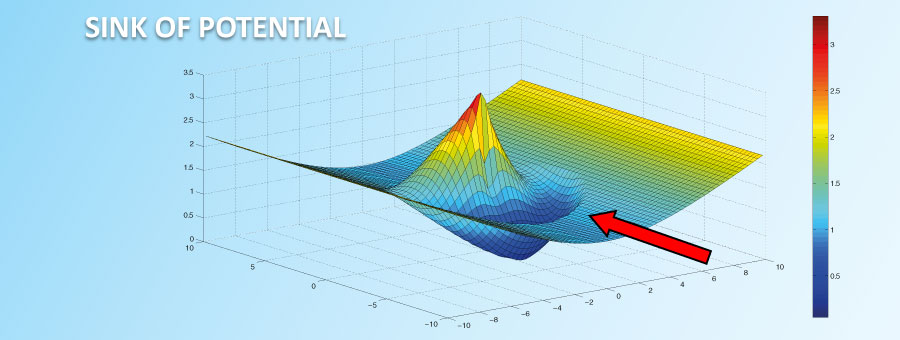Michael Jordan once said: “Obstacles don’t have to stop you. If you run into a wall, don’t turn around and give up. Figure out how to climb it, go through it, or work around it”. This quote can be applied to many aspects of life and even to UAVs. When a drone is navigating, there could be restricted-access areas due to safety or rules reasons. These no-go areas for unmanned vehicles can also be called obstacles
Obstacles can be areas on a plane; for instance it is not possible to fly UAVs close to an airport. Obstacles also permit to delimit the minimum altitude drones can fly; in this case the ground altitude on each point of the plane will be the area to avoid. It may could be also necessary to avoid tridimensional obstacles (either static or moving) that the UAV has to avoid, e.g. antennas, high voltage pylon or other UAVs.
These obstacles might be known at the beginning of the flight although they might be moving objects, leading to improvised maneuvers in the drone in order to keep in the best possible way the configured flight plan, which would avoid to enter in these restricted zones.
Unexpected obstacles, a topic of fields
The goal of the UAV is to be capable to keep the stablished flight plan at any time, with the capacity of avoiding unforeseen obstacles.
Traditionally, this problem has been solved through a family of algorithms based in generation of potential fields that change the navigation of the UAV. Just like gravity or opposite magnetic poles, the flight plan always exerts attraction strength on the drone. In the case of obstacles it is exactly the opposite, exerting repulsion strength.
Therefore, with these simulated fields (attraction to the flight plan and repulsion for obstacles) the drone will be capable to correctly keep the flight plan and to avoid these areas, but it is not as easy as it may look.
UAV trapped in a sink of fields
The sum of attraction fields to the flight plan and repulsion fields of the obstacles can generate valleys or sinks of potential where the UAV could be stuck and become incapable to continue the flight plan. Just like gravity can be imagined as a deformation of a bi-dimensional membrane where objects fall down, it can be done a similar representation of the field generated by a lineal flight plan and a circular obstacle.
On the image it can be seen how the combination of the attraction to the flight plan and the repulsion of a circular obstacle generate a sink of potential in front of the obstacle where the drone cannot leave.
If you run into a wall, don’t turn around and give up
Veronte includes a new algorithm of computational low weight based in potential, which adds the avoidance of sinks of potential. On this way, the UAV is capable to softly surround obstacles, returning to the configured flight plan as soon as possible. This evasion maneuver is calculated according to the maneuverability of each platform in order to assure that it doesn’t enter into the restricted area of the obstacle, providing as much safety and reliability as expected by our clients.
Finally, obstacles avoidance is a needed functionality in UAVs. The way a UAV calculates how to avoid obstacles keeping the flight plan can be done through different algorithms. One of the most traditional is the potential field, but it has the inconvenience of sinks of potential. The algorithms implemented in Veronte is based in potential fields and avoids the appearance of sinks of potential.
https://www.embention.com/en/news/uav-safe-flight-zones-and-obstacles/
